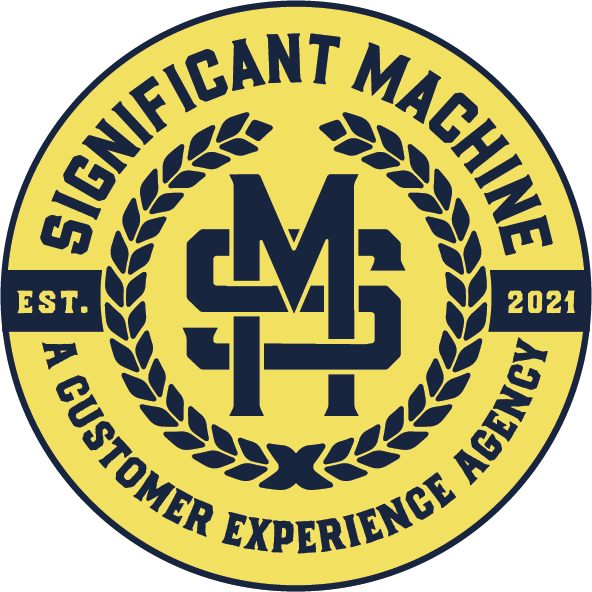Digital transformation is no longer just an option for large enterprises; it has become a necessity to keep up with the ever-changing business landscape. A digital transformation process involves the integration of digital technologies into all areas of a business, fundamentally changing how it operates and delivers value to customers. While the potential benefits of digital transformation are numerous, large enterprises often face significant challenges in achieving a successful transformation. In this article, we will discuss the top five challenges of digital transformation in large enterprises.
Legacy Systems and Processes– One of the biggest challenges for large enterprises is dealing with their legacy systems and processes. These are the systems and processes that have been in place for many years, and are often outdated and difficult to integrate with newer, more agile technologies. Upgrading these systems can be a costly and time-consuming process, and it can be difficult to justify the investment when the old systems still appear to be functioning. However, holding on to legacy systems can hinder the ability to take advantage of new technologies and limit the ability to innovate and remain competitive.
Resistance to Change– Digital transformation requires significant changes in the way employees work and collaborate with each other. Often, employees may resist these changes, particularly if they have been with the company for a long time and are comfortable with the existing ways of doing things. This resistance can be a significant obstacle to overcome, particularly if it comes from key stakeholders or decision-makers in the company.
Integration Challenges– Digital transformation often involves the integration of multiple new technologies and platforms, such as cloud computing, artificial intelligence, and the Internet of Things (IoT). Integrating these technologies can be complex, particularly if they are not designed to work together out of the box. This can lead to issues with data consistency, compatibility, and security, which can limit the effectiveness of the new technologies and even create new vulnerabilities in the company’s systems.
Data Management– Digital transformation requires a significant focus on data management, including the collection, analysis, and application of data in real-time. Large enterprises often have a significant amount of data, but it is often spread across different systems and departments, making it difficult to access and analyze. Data quality can also be an issue, particularly if the data is incomplete or outdated. To address these challenges, companies need to invest in robust data management strategies and systems that can ensure the quality and accessibility of their data.
Cultural Shift– Digital transformation is not just about technology; it requires a cultural shift in the organization, including new ways of working, collaboration, and decision-making. This cultural shift can be challenging, particularly if the company has a long history and established ways of doing things. Creating a culture of innovation and agility requires buy-in from senior management and training and support for employees to adapt to the new ways of working.
Digital transformation is essential for large enterprises to remain competitive in today’s business landscape. However, achieving a successful transformation is not easy, and there are many challenges that companies need to overcome. These challenges include legacy systems and processes, resistance to change, integration challenges, data management, and cultural shift. Addressing these challenges requires a strategic approach that involves investing in new technologies, systems, and processes, as well as focusing on employee training and support to create a culture of innovation and agility. By overcoming these challenges, large enterprises can reap the benefits of digital transformation, including increased efficiency, improved customer experience, and greater competitiveness in the marketplace.
